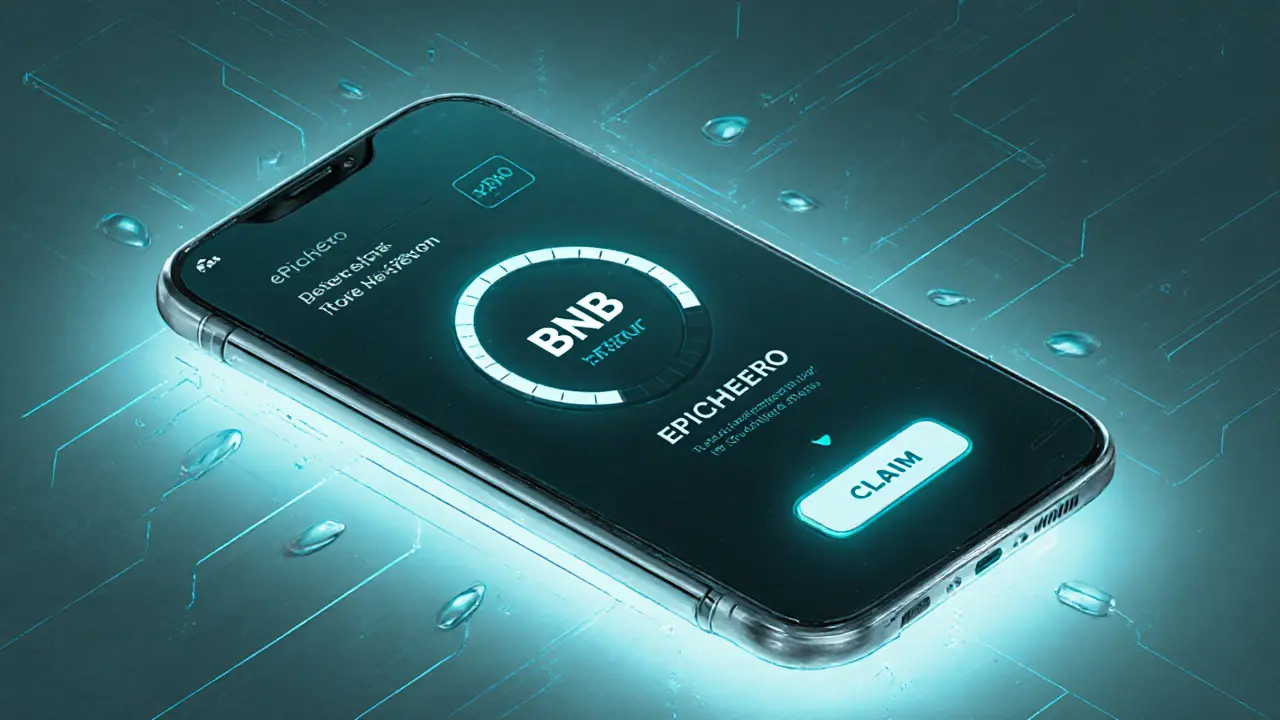Play-to-Earn: Turning Game Time into Real Income
When you hear about Play-to-Earn, a gaming model where players earn cryptocurrency or digital assets by playing, it usually brings two ideas to mind: Airdrop, free token drops that kickstart a game’s economy and NFT, unique, tradable items that prove ownership of in‑game gear. Both run on Blockchain, a decentralized ledger that records every transaction securely. In short, Play-to-Earn play-to-earn merges gaming fun with real‑world financial incentives.
Play-to-Earn encompasses three core parts. First, developers launch an airdrop to seed players with tokens, creating an initial pool of value. Second, those tokens often manifest as NFTs—skins, weapons or characters you can buy, sell, or trade on secondary markets. Third, the entire system lives on a blockchain, which guarantees scarcity and provenance. This trio builds a self‑sustaining economy where players can earn, invest, and even farm yields.
Why DeFi Matters in Play-to-Earn
Decentralized Finance, or DeFi, a suite of financial services that run on blockchain without intermediaries, adds another layer. Players can stake earned tokens to earn interest, provide liquidity to game‑related pools, or use flash loans to boost in‑game strategies. DeFi therefore turns idle token balances into active income streams, blurring the line between gaming and investing.
Regulators are watching this space closely. In regions like China and Thailand, authorities publish detailed rules about crypto exchanges, token classifications, and compliance. Understanding those regulations helps gamers avoid accidental breaches and ensures that token swaps stay on legal ground. The same goes for airdrop eligibility—many projects require KYC or residency checks before you can claim free tokens.
Security is another pillar. A compromised wallet can wipe out weeks of earned value. Using hardware wallets, enabling two‑factor authentication on exchange accounts, and verifying smart contract audits are best practices. When you combine high‑value NFTs with DeFi yields, the risk surface grows, so a solid security routine becomes essential.
From a market perspective, play-to-earn projects often see volatile price swings. Tokenomics—supply caps, emission rates, and burn mechanisms—directly affect token price. A well‑designed tokenomics model balances reward distribution with scarcity, preventing inflation that erodes player earnings.
Community drives success. Most airdrops and NFT drops are announced on Discord or Telegram, and active participants get early access to new features. Engaging with the community not only increases your chances of catching airdrops but also lets you influence game updates through governance tokens.
Technology choices matter too. Games built on Ethereum face high gas fees, while those on Binance Smart Chain or Polygon enjoy cheaper transactions. Sidechains and layer‑2 solutions further reduce costs, making micro‑transactions feasible for casual players.
Finally, the future of play-to-earn may blend with the metaverse, where virtual land, avatars, and services are all tokenized. Imagine earning royalties from virtual real estate or providing services to other players as a freelance avatar—these ideas are already taking shape in early projects.
Below you’ll find a curated set of guides, reviews, and deep dives that break down each of these elements. From step‑by‑step airdrop claims to blockchain security checklists, the articles are designed to give you practical tools to start—or level up—your play-to-earn journey.
EPICHERO Airdrop Details: Earn BNB with EpicHero 3D NFT
Learn how EPICHERO's reflection rewards work, how to earn BNB with EpicHero 3D NFT, and what to expect from any future airdrop announcements.
VIEW MORE
